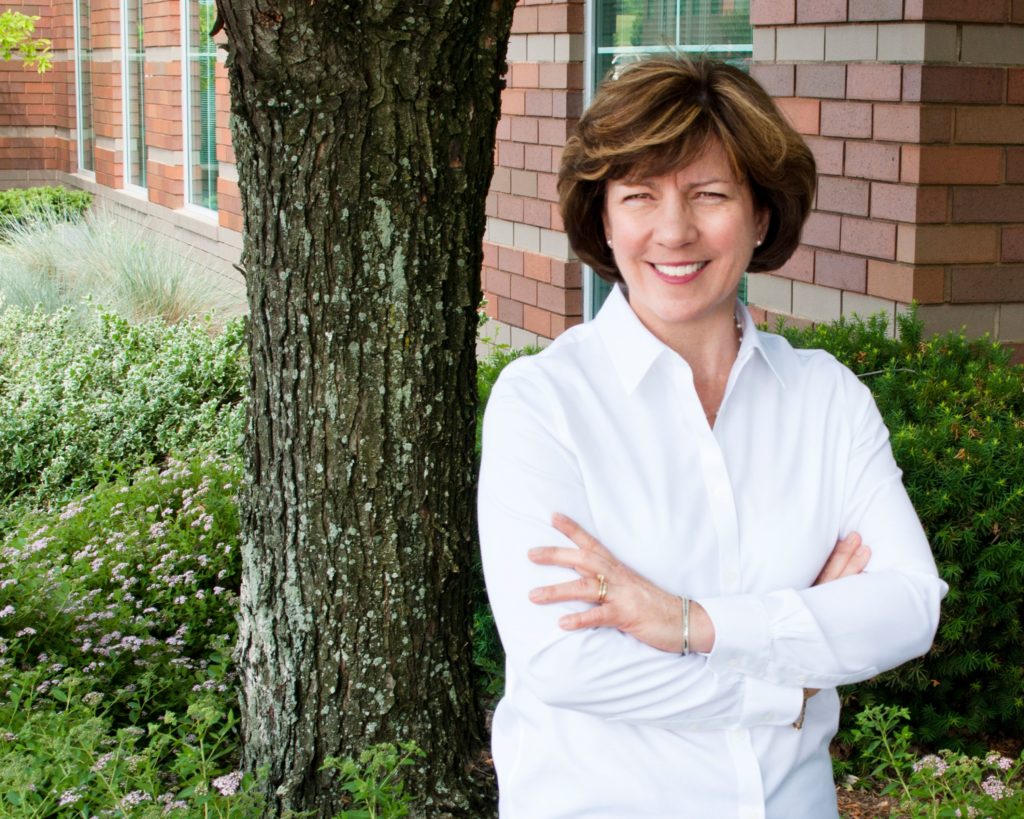Celebrating Women: Words of Wisdom from an Admired USACS Physician
As we conclude Women’s History Month, The Shift had a conversation with one of the most admired leaders at US Acute Care Solutions, Chairman of the National Clinical Governance Board Joan Kolodzik, MD, FACEP, also a physician in the southwest Ohio area, serving clinically in many of the Mercy Health hospitals. Her home base is Mercy Health Anderson Hospital, on the east side of Cincinnati.
“Women can have it all,” said Dr. Kolodzik, “Just not always all at once. Sometimes that means taking opportunities when they present themselves, other times not. It’s all about balance.”
Dr. Kolodzik has certainly worked hard for “it all.”
In the Beginning
In addition to her role at USACS, she is married to a fellow emergency medicine physician.
“Our schedules are pretty crazy and take a lot of planning and coordination,” she said. “We refer to this as our “A-fib” lifestyle.”
The couple have parented three grown – and successful – children. Her sons both graduated from Princeton University and her daughter, a University of Virginia graduate, is following in her mom’s footsteps by applying to medical school.
Born to an artistic family – Dr. Kolodzik’s mother was a middle school teacher as well as a soprano with the Cleveland Symphony Orchestra; her father was an architect with the Akron Public Schools for 30 years – a path toward practicing medicine didn’t come along until college.
“In college, I discovered an interest in science and service, and those two things together pushed me toward medicine,” she said. “It is a career path that has been very rewarding.”
An Akron native, she graduated from Archbishop Hoban High after the high school became co-ed her sophomore year. She earned a bachelor’s degree in psychology from Miami University in Oxford, Ohio. To further pursue a career in science, she earned a master’s in human anatomy from Wright State University, where she also discovered that she loved to teach. She decided to go to medical school at Wright State, using her anatomy degree to excel in medicine.
From student to teacher to physician
“Because of my love for anatomy, I thought very seriously about surgery subspecialties,” Dr. Kolodzik said, “but I really embraced the procedures of emergency medicine. I like everything about EM – especially the higher acuity. I’ve been teaching throughout my career. Physicians are natural teachers – I taught at local nursing schools and used anatomy as a way of teaching emergency medicine procedures. I love seeing students’ eyes light up in that ‘Oh, I can see it!’ moment.”
Blazing the trail
Service to the medical community has always been a priority for Dr. Kolodzik, who was the first woman to serve as president of Ohio ACEP. It was through ACEP that she first worked with Executive Chairman Dominic Bagnoli, MD, FACEP, FAAEM and became acquainted with USACS. She joined the company in 2010 at Dr. Bagnoli’s invitation.
Dr. Kolodzik said that though there weren’t as many women in the early days of her career, she has never felt like she was treated differently than her male counterparts.
“In retrospect, when I started in medicine, 30% of the students in my medical school class were women,” she said. “My residency class of 12 included only two women. Women were not well-represented, but I didn’t feel that we were under-represented, either. There were no special privileges… it was one of instances in which you didn’t realize you were fighting a battle until it was over. For women, part of the battle has included learning how to make your voice heard in a respectable way that isn’t seen as whiny or needy. It’s learning how to feel comfortable to use your voice to make changes in the long run, and I believe I have. Those are the things of which I am most proud.”
In pursuit of excellence
Her passion for quality and teaching makes her a standout leader for the NCGB.
“Even emergency physicians and APPs have different types of training, and different strengths with regard to critical care and lifesaving skills. It’s important that everyone has the same tools in their toolbox through education,” she said. “That way we can make the decision that’s best for the patient every time.”
She is the first to encourage other women – such as her own daughter – in their own pursuits of excellence, and to mentor other women professionals.
“Women have and will continue to contribute mightily to healthcare,” Dr. Kolodzik said. “And now, younger women don’t have to blaze the trail all by themselves. They have many examples of successful women to follow.”


